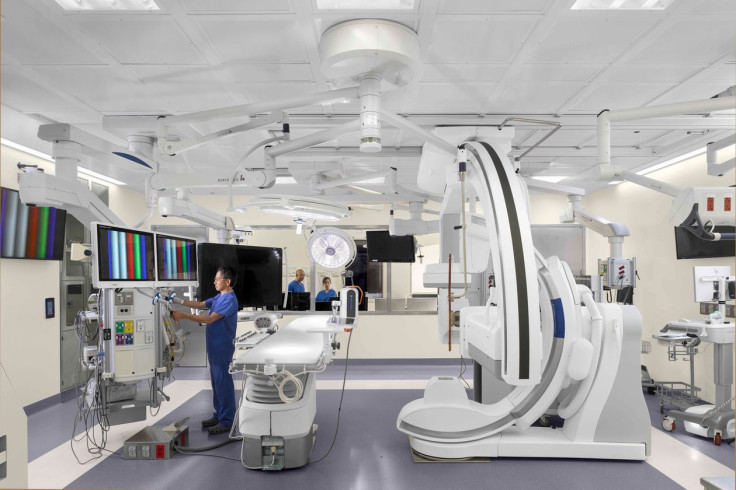New urine test as cancer diagnostic tool developed at MIT
The test requires just a urine sample, making it an affordable and non-invasive screening option. The technology behind the test uses a new type of nanoparticle with a protein-coating tagged with DNA sequences.

Researchers from the Massachusetts Institute of Technology (MIT) have developed a diagnostic tool that could revolutionise cancer screening. The test requires just a urine sample, making it an affordable and non-invasive screening option. The research has been published in Nature Nanotechnology.
The technology behind the test uses a new type of nanoparticle with a protein-coating tagged with DNA sequences. These particles can detect the presence of specific enzymes that emerge during the development of different cancers.
Once enzymes encounter the nanoparticle, they snip off a protein specific to that enzyme. The sequence connected to the protein is then excreted from the body through urine and can be read like a barcode to identify the presence of cancer.
The nanoparticles could be taken orally, through inhalers or as a local treatment, such as cream. This approach could improve patient outcomes and provide more options for cancer detection. The test can detect whether a tumour is present and can differentiate between types of tumours.
It can also identify whether the cancer has metastasised or spread to other parts of the body. All this information is essential for developing and targeting treatments. The test works similarly to a pregnancy test, and it has the potential to identify up to 46 different DNA barcodes in a single sample.
"Patients could achieve the capacity to self-monitor disease progression to enable early detection and access to effective treatment," the researchers write in their published paper. While the biomarkers of cancer are often difficult to detect, the synthetic nanoparticles developed in this study can amplify these signals and report back on cancer types and how they are progressing. The researchers hope that the test can be used for other infectious and non-communicable diseases and guide treatment decisions to improve disease management in resource-limited settings.
The researchers are confident that the technique will translate and can be further refined in the future. Although it still needs to be tested in humans, this new diagnostic tool has the potential to change the way we screen for cancer, democratising diagnostics and creating inexpensive technologies that can give patients a fast answer at the point of care.
The early detection of cancer is crucial for successful recovery, and cheap, non-invasive screening tests are essential for widespread screening. The researchers' goal is to build disease signatures and classify diseases or distinguish between different cancer types using the barcoded panels, providing valuable information for developing and targeting treatments.
Elsewhere, investigators at Harvard Medical School and the University of Copenhagen, in collaboration with VA Boston Healthcare System, Dana-Farber Cancer Institute, and the Harvard T.H. Chan School of Public Health have developed an AI-based population screening that can expedite the diagnosis of pancreatic cancer.
This groundbreaking tool promises to revolutionise cancer diagnosis and treatment, offering patients a faster, more accurate diagnosis and a better chance of survival.
At the Royal Marsden NHS Foundation Trust, the Institute of Cancer Research, London, and Imperial College London, findings of the study named, OCTAPUS-AI, have been published in the Lancet's eBioMedicine journal and claims that it will be able to hasten cancer diagnosis.
The researchers used 900 CT scans of people with large lung nodules to develop the algorithm that helps the AI tool make predictions related to cancerous growths in the body.
They used a technique called radiomics, an image analysis technique used to detect information invisible to the human eye. The study analysed if AI can help identify the risk of cancer returning in non-small cell lung cancer (NSCLC) patients. However, the current study is still at an early stage and more tests are needed before the technology can be available to the public in the future.
© Copyright IBTimes 2024. All rights reserved.






